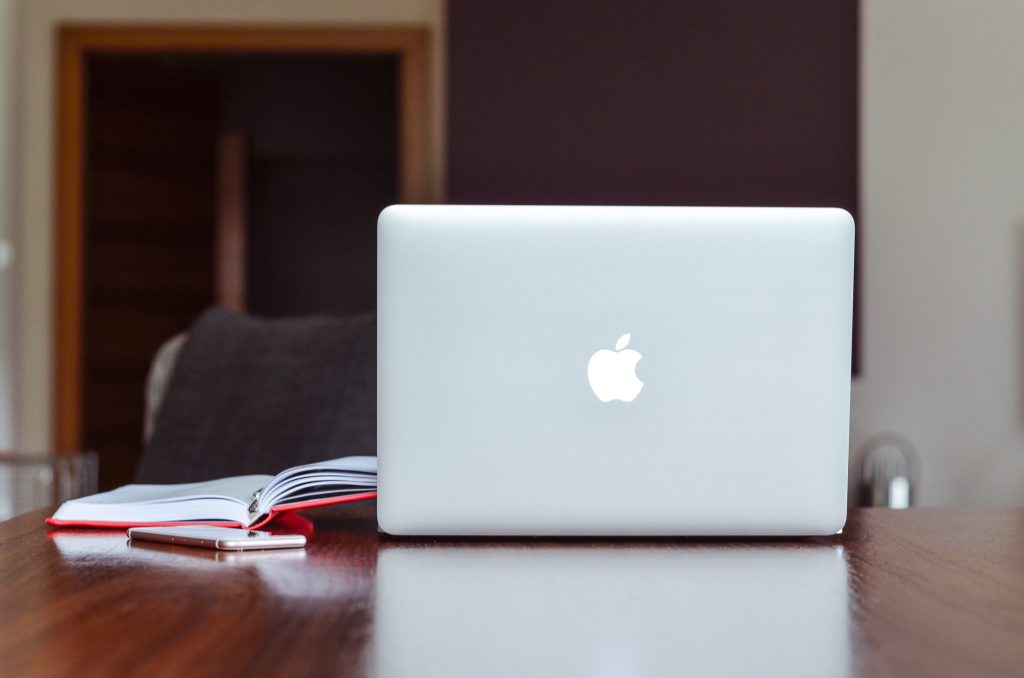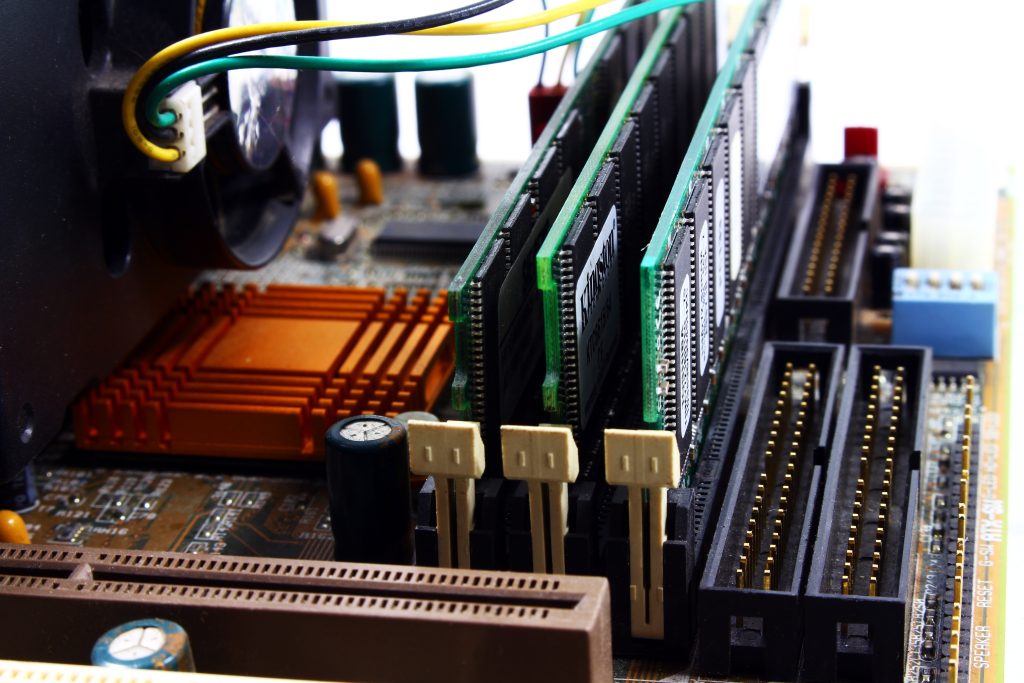Whether you’re working from home, working as a digital nomad, or simply using your device to keep up with some far-flung friends or to keep scrolling through social media feeds, most of us can admit that life without our laptop or MacBook would be a lot more difficult. However, when your device starts to really slow down, it can be even worse than not having one, entirely. After all, the device is still there, within reach, it’s just now completely useless.
However, a little slowness doesn’t mean it’s destined for the dustbin. Here are a few common causes of why your device might be running slowly and what you can do about it.

There’s too much stuff on your computer
One of the most common problems, especially with devices that you have been running for a while, is that your hard drive is starting to get full or close to the point. A full hard drive doesn’t mean that you can’t save new files or download new apps, it takes longer for the device to find the files that it needs to run its software effectively. What’s more, the fuller a hard drive is, the sooner it gets to the point where it can’t be rewritten, a fate that inevitably befalls all hard drives. That said, you can clear up space on your hard drive with relative ease, and you can even do a full factory reset if you have backed up all the essentials.
You’re not updating your device
Everyone can probably admit to being guilty of seeing the latest update to their operating system pop up on their screen before choosing to dismiss it. You might mean to install it eventually, but it can be annoying when it pops up while you’re trying to get work done or have a conversation or just watch a particularly good YouTube video. However, doing this over a long time will start to see your device run more slowly. These updates often include optimizations to your Mac operating system that keep it running snappily, so find your software update option and make sure that you download all of the essential and optimization fixes.
You have some malware
It’s not just wear and tear that can start to slow your device down. Malware, such as viruses, can play a big role in doing that, too. In fact, if your MacBook has suddenly become a lot slower, rather than through a more gradual degradation, then there’s a good chance that you should click the link featured to start hunting for malware and viruses straightaway. Malware invades the computer, messing with the files already on it, causing malfunctions that can look like your programs running a lot more slowly. Malware can also take up processing power just like any other piece of software, which means your device is going to slow down as a result. Root it out and destroy it.

You’re using up all of your RAM
Your device has two kinds of memory, in case you weren’t already aware. There is your hard drive memory, which is where you keep all of your files and software, and there is RAM, which temporarily stores any files needed to keep your currently opened software running. You can start to run out of RAM if you’re running too many background software programs, for one. However, as time goes on, improvements to software will mean that they need to start using more RAM to run as a default. When this happens, you might need to look at upgrading your RAM. This isn’t always easy on a Mac device, however, so it might require a complete upgrade or that you start using different software.
Have you tried turning it on and off again?
It might sound like the most cliche piece of advice ever to be given for any computing problem, but there’s a very good chance that it’s precisely what your Macbook needs. If you have been using your device day in and day out without breaks, it should be no surprise that it’s getting tired. In the language of computers, it’s slowing down because the heat of keeping it on is going to require the fans to run hardware, which can use the power that isn’t being provided to other parts of the device. Furthermore, the temporary files running on your RAM have a chance to corrupt and these corrupted files stay on your RAM the longer your device is kept running, reducing the amount of RAM that’s free to use for your software. The solution? Restart your device.
Too much cache
No, this doesn’t mean that you’re rolling in the dough. The temporary files as mentioned above don’t just affect your RAM. They affect the software that makes and stores them as well. These files are kept in caches. For instance, when you visit a website, your browser keeps a cached version of that site so that it can load it more quickly in the future. However, when multiple programs have a lot of cached files, it can slow down the performance of these programs. Clearing out your cached files can help you speed the software right up again.

It could be the internet, not your device
Because a lot of the ways we use our device, nowadays, is done online, it’s very easy to confuse slowly loading webpages and online tools with a slow-running computer. However, if you’re still able to access your local files and software snappily, then it might be your connection that’s a problem. If you want high-speed internet while traveling, you might need to pay for it by accessing local hotspots or using your own Wi-Fi dongle. At home, a slow connection might be due to interference with your Wi-Fi signal or there might be multiple people taking up all of the bandwidth.
Take care of your device, and make sure that you’re on a reliable connection, and you should have much fewer problems with slowness.